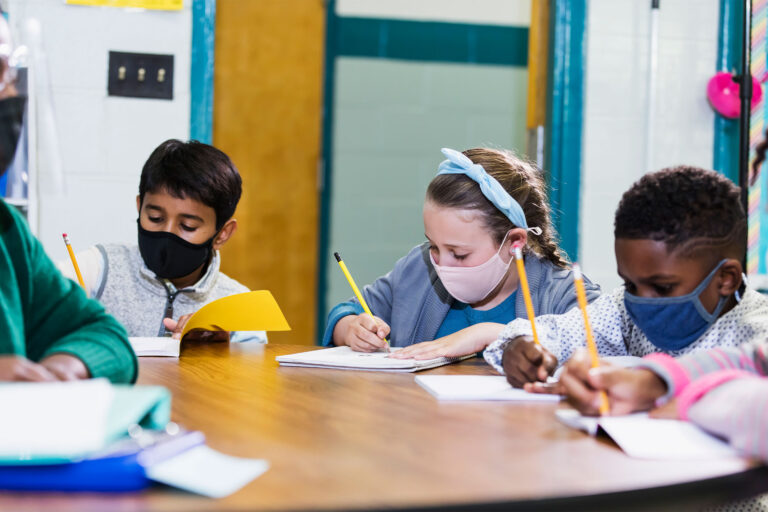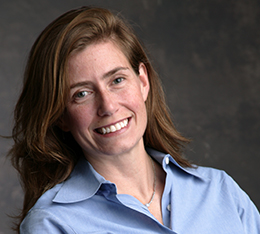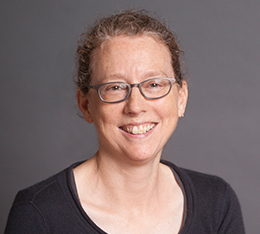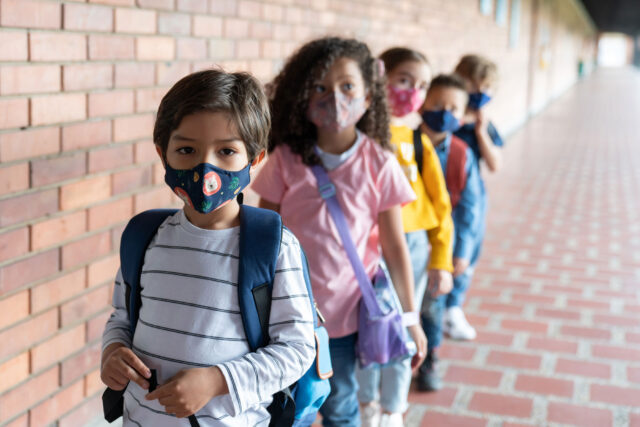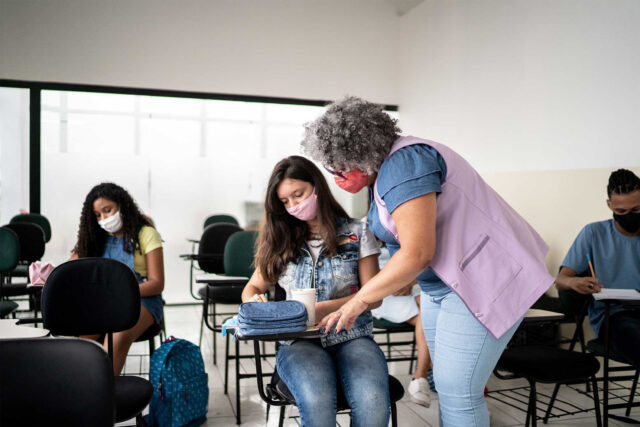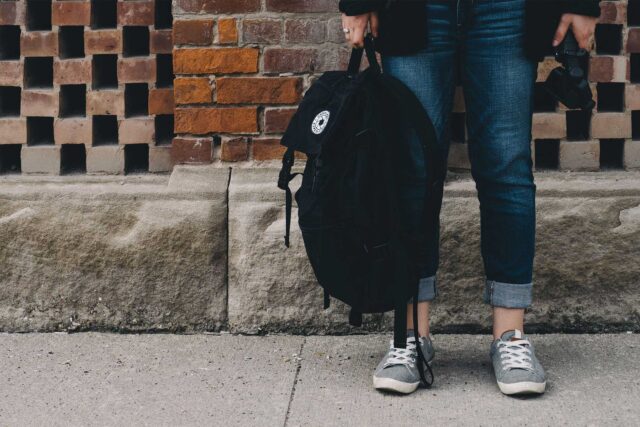At the beginning of the pandemic, Dr. Naomi Bardach—then an associate professor of pediatrics at UCSF—realized she had to do something to help kids stay healthy and get them back to school: “I have research skills, so I thought, OK, let’s figure out how to do schools right!” Now she leads California’s Safe Schools for All initiative. We talked to her about how her team has been helping schools reopen safely.
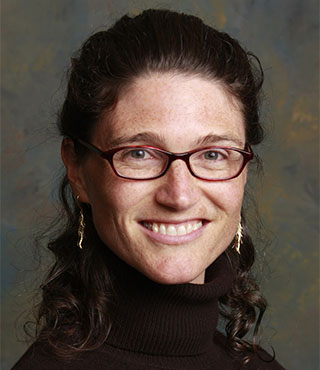
Tell us a bit about Safe Schools for All.
Safe Schools for All is a multiagency, cross-disciplinary team, because we know that this is not just a public health effort; it’s education, ventilation, occupational health, a lot of different agencies. The work we do has four pillars, with a theme of equity throughout.
First, getting funding for schools—you can’t do safe schools during a pandemic without extra dollars. Second, technical assistance—we know this is complicated to do. Third, material support—including getting PPE out there, as well as a robust testing program that provides software and test kits, runs the tests, provides transportation. And fourth, transparency and accountability. We encourage schools to communicate with families about their safety plans.
Last year, we had an interactive website so people can see how many outbreaks and how many dollars are in a district. We know that trust is a key part of how we’re going to do safe schools together.
One thing we’ve learned during the pandemic is that we often don’t know what’s coming. How can schools be ready to adapt?
There will likely be more new things we learn about the virus, and I know it is hard for everyone to try to plan for school while things shift with new information. One piece that we have known for a while and that likely will not change is that the approach to safe schools is layered. Those layers work together: vaccines, ventilation, good handwashing, staying home when sick, and then testing. With good planning for these measures, we can keep children safe in schools even when there is transmission in the community.
An important piece to plan for is testing. I have been encouraging schools since March to think about a robust weekly testing and screening program—to be ready for a variant or in case there are hiccups with vaccination administration or approval. Schools are really responding. In the context of the delta variant, tons of schools are asking us for testing help.
I also have been encouraging schools to have an adaptive approach. They might start testing weekly, but if case rates are going down and they have a very low positive rate, they can back off and do less. And they can ramp up if infection rates are increasing in the community.
If a student is exposed to COVID, so long as that exposure is mask-on-mask, the child can stay in what’s called a modified quarantine—stay in in-person instruction as long as they are asymptomatic and doing ongoing testing, at least twice a week. During the 2020-21 school year, it was very, very rare to have transmission when exposure was mask-on-mask.
How can schools and communities help reduce vaccine hesitancy?
It’s important to encourage families to learn—giving them information and pointing them to trusted sources. For example, there are videos aimed at families of color from a group called The Conversation; they feature doctors of color talking about COVID. In a Kaiser Family Foundation survey on COVID vaccines, many respondents said that their primary doctor is their most trusted source. Faith-based communities can also be trusted messengers.
One really key piece is helping schools become vaccination sites. We’ve heard from families that having it local, and having it at a familiar place, is very helpful. Addressing vaccine hesitancy is oftentimes information-based, but it’s also about just providing access and having the operations to make it work.
What have we learned recently about COVID transmission in schools?
North Carolina school districts have generated some important data. North Carolina schools in the spring (with some delta in the community) did not have minimum physical distancing requirements but used universal masking. And they had a very, very low rate of transmission in schools, particularly compared to community-based transmission outside of school. There were cases on campus, but there were very few transmissions. This is good news for California, because we are requiring masking but not distancing, and more of us are vaccinated now than when that North Carolina study was conducted.
As we’re seeing this recent delta surge, states where we’ve heard about increasing cases and hospitalizations among children have banned mask requirements for kids (e.g. Texas, Arkansas, Florida). And they have very low vaccination rates. It’s important for families in California understand that it’s going to be different for their kids in schools. We’re seeing quite low rates of COVID hospitalization among kids in California.
Getting through this pandemic requires unprecedented levels of collaboration. There can be friction about what to do and what not to do. It’s really important to remember that COVID-19 is the enemy! The only way out of this pandemic is to work together.
